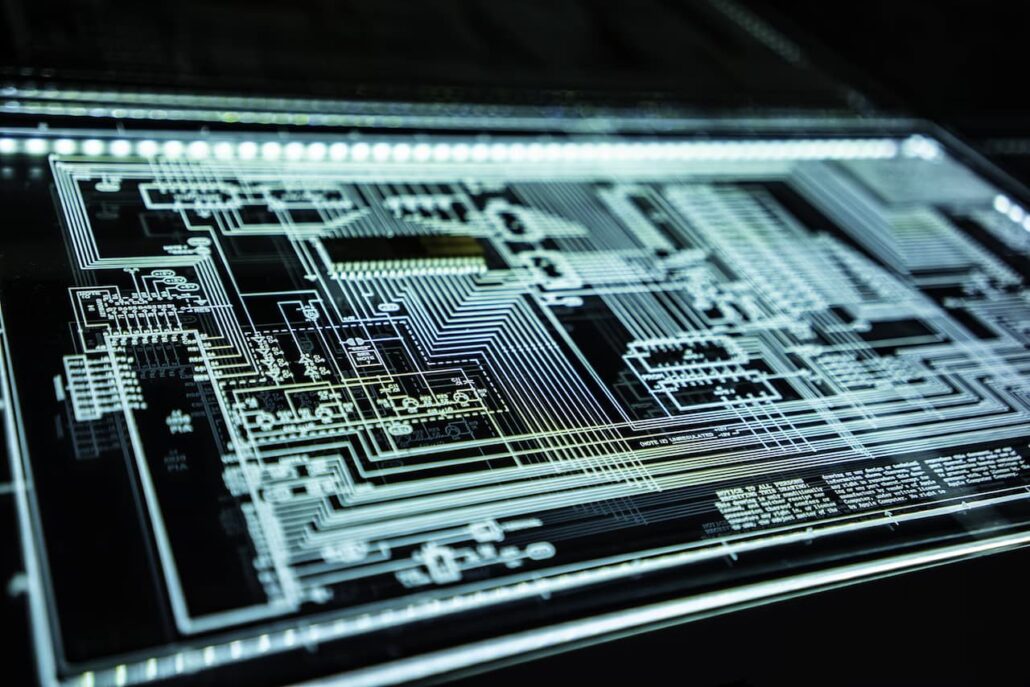If you are in the cryptocurrency space, you have probably heard of both Polygon (MATIC) and Matic Network. Both projects aim to solve the scalability problem of Ethereum. In this article, we will compare these two protocols and see what the main differences are.
Polygon is a Layer 2 scaling solution for Ethereum that uses Plasma technology. It is able to achieve high throughput by processing transactions off-chain and then sending only the final result back to the main Ethereum blockchain. This way, it doesn’t clog up the main chain with a lot of small transactions.
Matic Network is also a Layer 2 scaling solution that uses Sidechains. Transactions are first sent to the Matic sidechain where they are confirmed by Matic Proof-of-Stake (PoS) validators. Once a transaction is confirmed, it is then sent back to the main Ethereum blockchain.
One of the main differences between these two protocols is that Polygon uses Plasma technology while Matic Network uses Sidechains. Another difference is that Polygon has its own token (MATIC) while Matic Network does not. Finally, Polygon is more focused on scalability for DeFi applications while Matic Network is more focused on general scalability for all Ethereum applications.
Polygon (formerly Matic Network) vs. Matic Network
Polygon (formerly Matic Network) and Matic Network are two different protocols that aim to solve the scalability problem on Ethereum. Both protocols use sidechains to confirm transactions off-chain before they are sent back to the main Ethereum blockchain.
Polygon uses Plasma technology while Matic Network uses Sidechains. Another difference is that Polygon has its own token (MATIC) while Matic Network does not. Finally, Polygon is more focused on scalability for DeFi applications while Matic Network is more focused on general scalability for all Ethereum applications.
Polygon vs. Matic Network – A Comparison Overview
The scalability problem on Ethereum is being addressed by two separate protocols: Polygon and Matic Network. Both protocols employ sidechains to verify transactions off-chain before sending them back to the main Ethereum blockchain. Polygon utilizes Plasma technology, whereas Matic Network uses Sidechains. Another distinction is that Polygon has its own coin (MATIC), whereas Matic Network does not. Finally, while Polygon focuses more on scaling DeFi applications, Matic Network is more concerned with general scalability for all Ethereum apps.
What is Polygon?
Polygon is a protocol that uses sidechains to improve the scalability of Ethereum. The protocol was formerly known as Matic Network but rebranded in March 2021. Polygon uses Plasma technology to confirm transactions off-chain before they are sent back to the main Ethereum blockchain. This process improves the scalability of Ethereum by reducing congestion on the main chain.
The Polygon protocol has several features that make it attractive for developers. First, Polygon is easy to use and integrate with existing Ethereum applications. Second, Polygon is scalable and can handle high transaction volumes. Finally, Polygon is secure and provides a high degree of security for users.

What is Matic Network?
Matic Network is a Layer 2 scaling solution that uses an adapted form of Plasma to improve the scalability of Ethereum. Matic Network was originally developed by the team behind Polygon but rebranded in March 2021. Matic Network uses Plasma technology to confirm transactions off-chain before they are sent back to the main Ethereum blockchain. This process improves the scalability of Ethereum by reducing congestion on the main chain.
The Matic Network protocol has several features that make it attractive for developers. First, Matic Network is easy to use and integrate with existing Ethereum applications. Second, Matic Network is scalable and can handle high transaction volumes. Finally, Matic Network is secure and provides a high degree of security for users.
Matic Network is an important step forward for the Ethereum ecosystem. By providing a scalable and easy-to-use solution for Ethereum applications, Matic Network is helping to accelerate the adoption of Ethereum by developers.
The Matic team is made up of skilled researchers and blockchain developers who are dedicated to improving the blockchain environment. The team is led by co-founders Jaynti Kanani and Anurag Arjun, who have a combined 15 years of experience in software engineering and product development.
Matic Network has raised $5 million from leading investors in the blockchain space, including Polychain Capital, MetaStable Capital, Coinbase Ventures, and more.
The Matic Network protocol is open source and available on GitHub.


